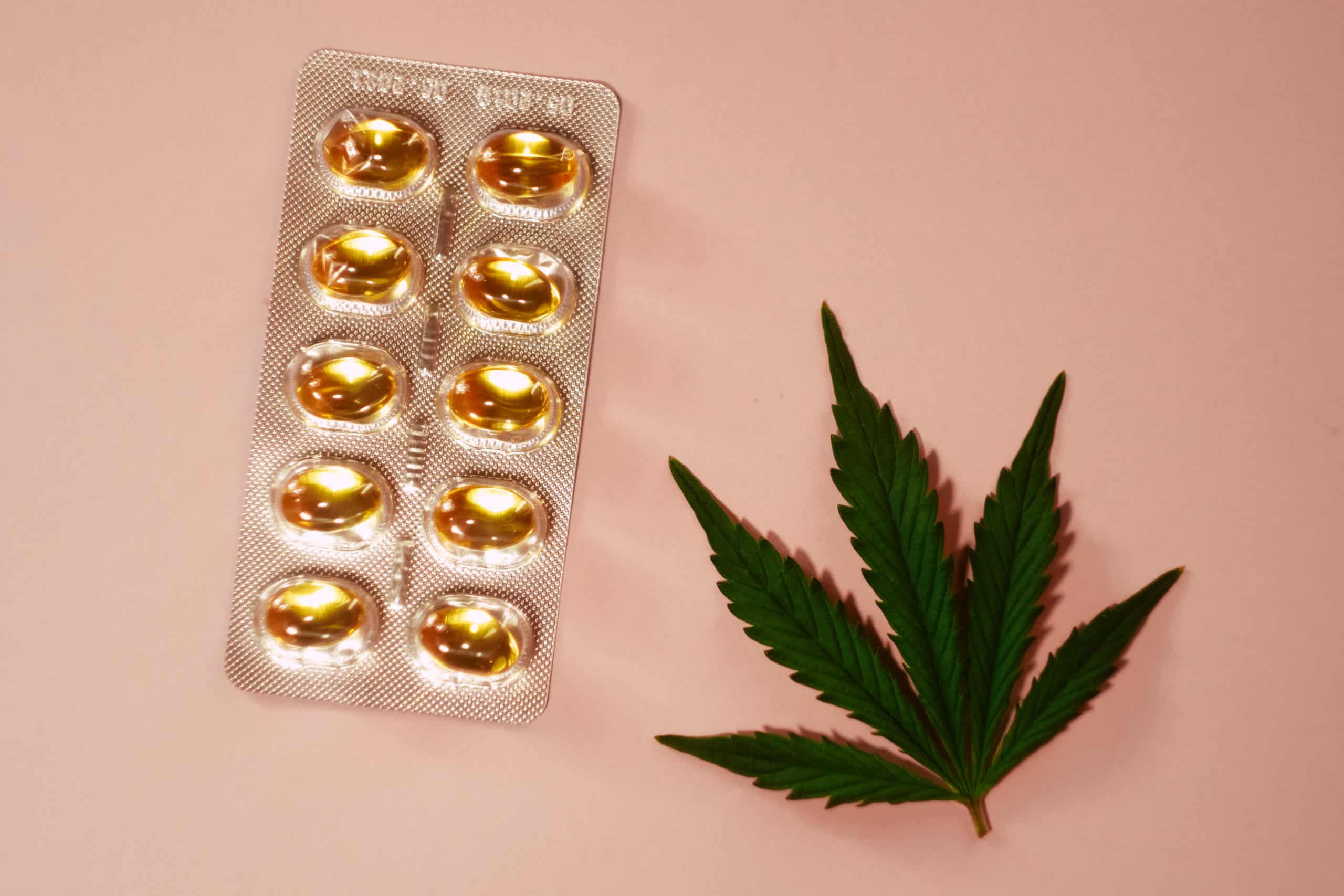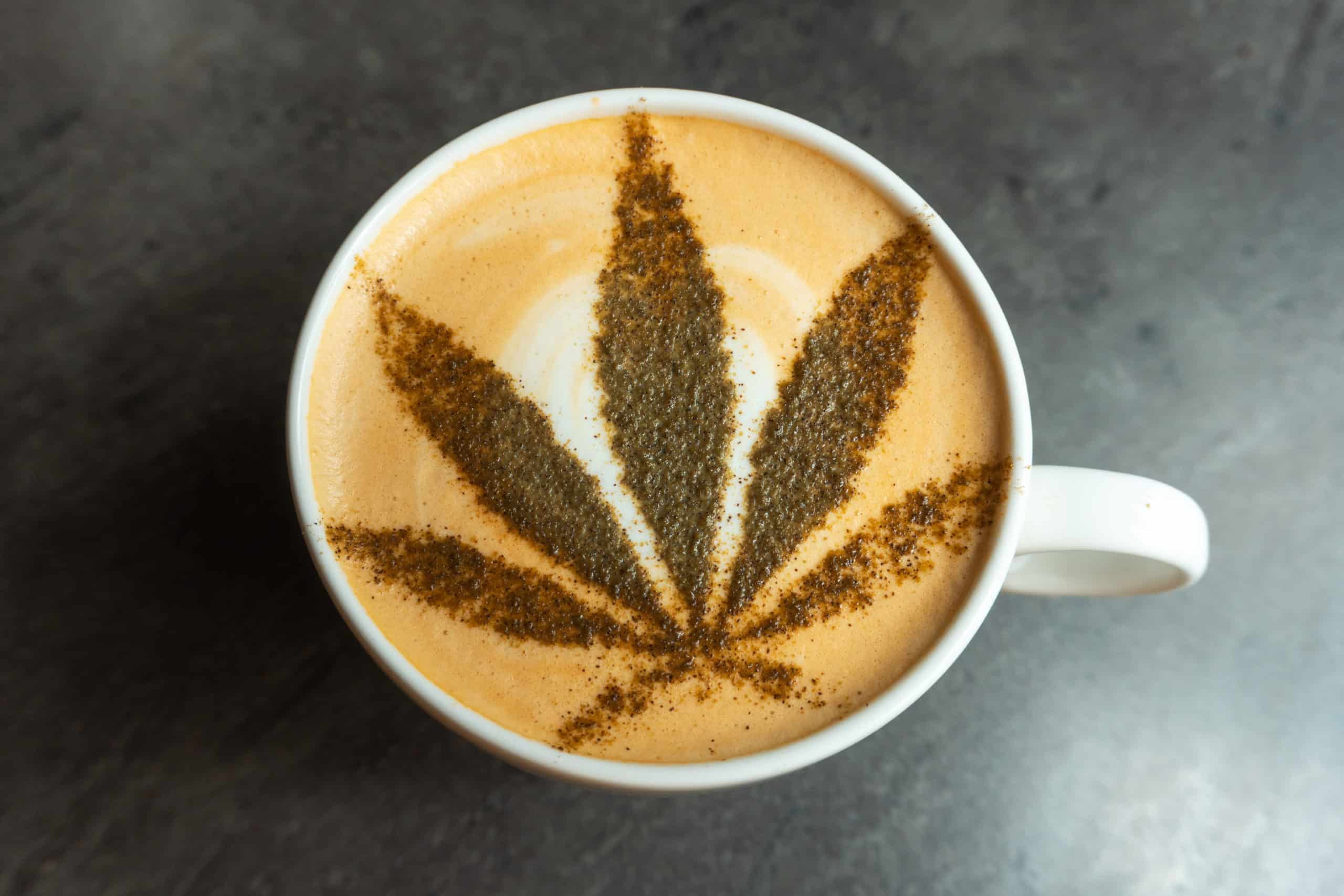-
- Market Research
- |
- CBD Near Me
- |
- Giveaways
- |
- Newsletter
- |
- Contact
- |
- Advertise
- |

Though CBD extraction methods are continually being refined and improved as more stringent regulations start to surface in jurisdictions across the country, the choice to skip this step altogether is still a viable one for consumers looking for the most natural product possible.
Only one form of CBD can claim this mantle: CBD flower itself.
What is CBD flower?
In short, it’s a low-THC, high-CBD bud naturally harvested from female hemp plants, but more on that in a moment.
In the case of CBD flower, the plant matures until it buds, and the seller harvests this raw bud without the requirement of CO2 extraction or any other methods used to derive more popularly consumed CBD oil, gummies, and so forth.
This isn’t the only attribute that sets CBD flower apart from more mainstream products, so let’s take a closer look at what this plant is, how it’s purported to help certain health problems, and how consumers should adjust their approach when taking CBD flower versus a refined product.
What Is CBD Flower?

To comply with the legally required 0.3% THC limit as outlined in the 2018 Farm Bill, farmers harvest CBD flower from female hemp plants, which are naturally high in CBD and low in THC.
Technically, the very small quantity of THC—a highly bioactive compound native to cannabis plants—can still play off of the CBD to increase the purported health benefits of this plant as a whole.
The same goes for the hundreds of other cannabinoids and terpenes found in cannabis plants; this boost in potency is known as the entourage effect.
Since hemp flower cannabinoids and terpenes aren’t altered on a chemical level in any way by processing, consumers can not only access the entire field of cannabinoids and terpenes, but they can also absorb these substances in their original ratios.
As such, some high-THC cannabis users who wish to either mitigate the effects of a high or permanently switch to a plant that doesn’t make them feel paranoid, anxious, etc., turn to CBD flower because the experience is very much the same otherwise—it looks almost the same, smokes almost the same, and confers the same health benefits.
Speaking of health benefits, what is CBD flower best used for in this department?
Let’s see how it measures up to similar products in the industry.
CBD Flower Medicinal Properties
Since hemp flower contains the fullest possible profile in terms of cannabinoids and terpenes, it can do everything that oils, gummies, and other refined products can in terms of health benefits.
To break down each purported health benefit in detail would take a very long time, and findings are ongoing as research initiatives churn on faster than ever, which is why we continually update our knowledge center with new information in this area.
To quickly summarize, however, research has suggested that CBD may help with:
- Inflammation
- Pain
- Epilepsy disorders (only FDA-approved CBD drug)
- Anxiety
- Depression
- Sleep disturbances
- Drug addiction
- Psoriasis
If oils, which may be more convenient for non-smokers especially, can do everything that CBD flower can and vice versa, then why bother with the flower if you don’t demand a completely natural product?
The answer lies in the delivery method, and specifically, how the delivery method can affect absorption speed and efficiency.
Unique Advantages of CBD Flower

You’ve likely surmised by now, especially if you’ve seen a picture of CBD bud, that eating the plant in this form is a very bad idea.
In all fairness, you can cook CBD bud into foods (sauce, butter, oil, etc.) and/or use it in tea if that’s your preference—just make sure you apply heat in either case; it’s required to activate many of the cannabinoids and terpenes.
Still, the most popular and effective methods for taking CBD bud are smoking and vaping.
According to a study from the National Institute on Drug Abuse about “Human Cannabinoid Pharmacokinetics,” inhalation of cannabinoids increases the absorption rate dramatically as compared to other methods.
Anyone who has taken an edible before, whether it was high-THC or not, can attest to the time delay, but smoking gives you very quick, unfettered access to the central nervous system by tiptoeing around the blood-brain barrier.
Understandably, not everyone is comfortable or experienced with smoking and/or vaporizing. Still, in the case of quick and unpredictable flare-ups of pain, inflammation, etc., inhaled hemp flower can potentially save you a solid half-hour or more of dealing with the symptoms versus other routes of administration.
CBD Flower Dosage
The natural successor to “how” is “how much,” but this matter is a little more fluid because of the subjective factors involved.
For example, all of these factors can influence how potent the effects of CBD will be from person to person:
- Basic demographics (specifically weight and age)
- Concurrent supplements or medications
- Current or past medical conditions
- Experience with smoking and/or recreational drug use
- The many factors we haven’t accounted for yet
This isn’t meant to discourage you when first establishing a dose, but to emphasize the fact that it’s not so much an issue of finding “the perfect number” on day one, but listening to your body and adjusting as you go along.
Of course, especially for someone totally new to CBD, we do recommend starting on the lower end of the spectrum.
Measuring Doses

So, how do you measure that with the hemp flower?
There are three ways:
If you have a scale that will measure weight down to the milligram, then that will provide a somewhat accurate gauge.
If you’re okay with a (significantly) less precise method, you can count the number of buds.
Finally, since inhaled CBD flower acts so quickly, you can assess the effects after each inhalation, provided you pause for at least a minute or two.
Start low, with one bud or 1-2 inhalations, assess the effects, and slowly increase or decrease.
Whether or not CBD flower will help a specific issue, or knowing exactly how much it will help is very hard to gauge at this point. However, if you apply the above information wisely, you’ll at least “get out of your own way” and let the plant do what it’s going to do.







